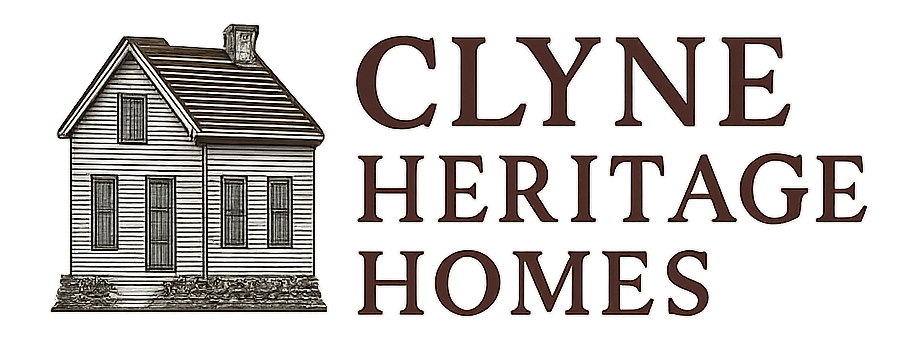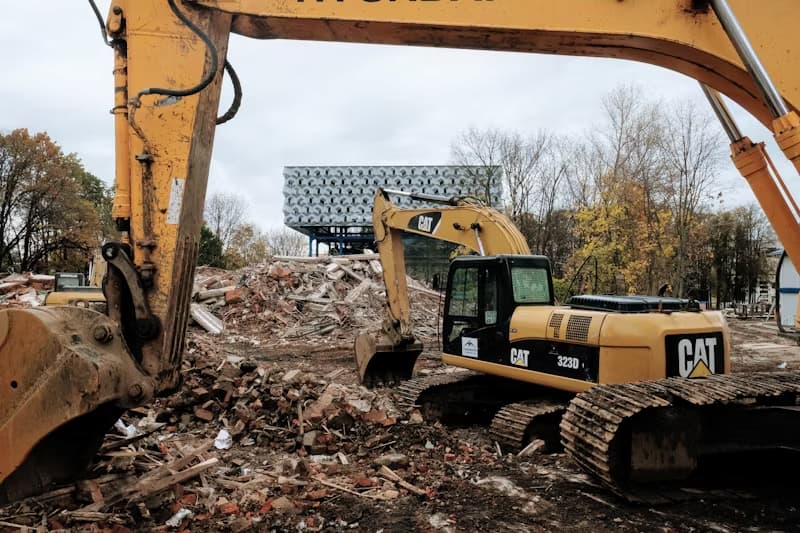In the quiet suburb of Oakridge, a collection of 1950s and early 1960s homes known as “Pinecrest Estates” nearly disappeared forever. With their distinctive low-slung rooflines, large windows, and thoughtful integration with the natural landscape, these 75 homes represented a pristine example of mid-century suburban development. Yet in 2018, residents received shocking news: a developer had purchased several key properties and planned to demolish them to make way for a modern condominium complex.
Today, Pinecrest Estates stands protected as a historic district, with its architectural integrity intact and property values rising. The path from imminent destruction to preservation success offers valuable lessons for communities facing similar threats. Here’s how dedicated residents transformed from concerned neighbors to effective preservation advocates—and how you can apply their strategies to protect heritage homes in your own community.
The Wake-Up Call
“The demolition notice appeared with no warning,” recalls Eleanor Matthews, a 15-year resident of Pinecrest. “They were planning to tear down the Millman House—the neighborhood’s signature home designed by regional architect Robert Westfield—in just 45 days.”
The Millman House, with its dramatic butterfly roof and floor-to-ceiling windows, had been featured in architectural magazines when completed in 1957. Its potential loss galvanized residents, who quickly organized an emergency meeting at the local library.
Advocacy Tip #1: Act quickly and gather information. Heritage preservation often begins as a race against the clock. The Pinecrest residents immediately:
- Researched the developer’s permit applications
- Investigated their local demolition notification requirements
- Identified key decision-makers in the city planning department
- Documented the architectural significance of threatened properties
Building the Case for Preservation
The Pinecrest neighbors faced a common challenge: their mid-century homes weren’t old enough to automatically qualify for most historic designations. At 60-65 years old, these properties fell into a preservation “blind spot”—too recent to be considered automatically historic, yet increasingly vulnerable to redevelopment.
“We needed to prove these homes weren’t just old houses—they were historically and architecturally significant,” explains Thomas Rodriguez, who led the research committee. “That meant doing our homework on what made our neighborhood special.”
The committee discovered that Pinecrest Estates had been one of the first planned developments in the region to incorporate natural landscaping, preserve mature trees, and use passive solar design principles. More importantly, they uncovered that the neighborhood had been featured in a 1961 federal housing report as a model for thoughtful suburban planning.
Advocacy Tip #2: Document architectural and historical significance. The Pinecrest preservation committee:
- Compiled historic photographs and original marketing materials
- Interviewed original homeowners and their families
- Consulted with architectural historians from the state university
- Created a detailed inventory of distinctive architectural features across the neighborhood
- Researched the architects and builders involved in the original development
Organizing for Impact
With demolition looming, the Pinecrest residents formalized their efforts by creating the “Preserve Pinecrest” organization. They established a clear structure with committees focused on research, communications, legal issues, and community engagement.
“We realized that emotional appeals alone wouldn’t save our neighborhood,” says Diane Foster, who handled public relations. “We needed to speak the language of zoning, economic impact, and community planning to be taken seriously.”
Advocacy Tip #3: Organize effectively and strategically. The Preserve Pinecrest group:
- Created a professional website showcasing the neighborhood’s architectural significance
- Developed relationships with local journalists to ensure media coverage
- Established a consistent visual identity for their materials
- Set up a communication system to keep all residents informed
- Collected modest dues to cover legal consultations and printing costs
Finding the Right Legal Framework
The preservation committee consulted with a land-use attorney who specialized in historic preservation. They discovered that while individual homes might not qualify for historic designation, the neighborhood as a cohesive mid-century development could potentially qualify as a historic district.
“The key was shifting our thinking from individual homes to the neighborhood as a unified historic landscape,” explains Rodriguez. “That opened up different preservation options.”
Advocacy Tip #4: Explore all available preservation frameworks. The Pinecrest group investigated:
- Local historic district designation
- National Register of Historic Places listing
- Conservation overlay zoning
- Form-based code alternatives
- Demolition delay ordinances
Their attorney helped them identify that a conservation overlay district would provide the most immediate protection while they pursued the longer process of historic district designation.
Building Community and Political Support
The Preserve Pinecrest group recognized that success depended on broadening their support beyond immediate neighbors. They hosted a well-publicized home tour that attracted over 500 visitors, including several city council members.
“Seeing people’s genuine appreciation for these homes helped us build momentum,” says Foster. “We weren’t just fighting against something—we were celebrating something worth preserving.”
Advocacy Tip #5: Create opportunities for community engagement. The Pinecrest residents:
- Organized walking tours highlighting architectural features
- Created an engaging presentation for community groups
- Developed relationships with preservation organizations at the state level
- Invited city officials to special events in the neighborhood
- Collected signatures from supporters throughout the city
Finding Win-Win Solutions
Rather than simply opposing all development, the Preserve Pinecrest group worked to identify alternative approaches. They collaborated with a sympathetic urban planner to develop a proposal that would allow for some sensitive development on vacant lots while preserving the existing architectural character.
“We came to the table with solutions, not just objections,” Matthews explains. “That changed the conversation with both the city and the developer.”
Advocacy Tip #6: Develop alternatives and compromise positions. The Pinecrest approach included:
- Identifying appropriate areas for compatible new construction
- Developing design guidelines for additions and renovations
- Proposing transfer of development rights to less sensitive areas
- Creating a pattern book of appropriate architectural elements for new construction
The Victory and Ongoing Stewardship
After six months of intensive advocacy, the Pinecrest neighborhood secured temporary protection through an emergency conservation overlay. Within a year, they had achieved permanent protection through historic district designation. The developer ultimately sold the properties to buyers committed to restoration.
Today, Pinecrest Estates enjoys renewed appreciation. Property values have increased by an average of 15% since the historic designation, and a waiting list exists for homes that come on the market.
“The work didn’t end with the historic designation,” notes Rodriguez. “We’re now focused on education and stewardship to ensure these homes are properly maintained for generations to come.”
Advocacy Tip #7: Plan for long-term stewardship. The ongoing preservation work includes:
- Creating a handbook for homeowners about appropriate maintenance techniques
- Developing relationships with contractors experienced in mid-century restoration
- Organizing skill-sharing workshops on topics like window restoration
- Documenting the neighborhood’s history through an oral history project
- Hosting annual events to maintain community engagement
Applying These Lessons to Your Community
The Pinecrest Estates story demonstrates that mid-century neighborhoods can be successfully preserved through strategic community action. Their experience offers a roadmap for other communities facing similar threats:
- Document what makes your neighborhood special — Research its history, architectural significance, and cultural importance
- Organize effectively — Create a formal structure with clear roles and responsibilities
- Build broader support — Engage the wider community through tours, events, and educational programs
- Know the legal options — Consult with preservation experts to identify the most appropriate protection mechanisms
- Develop solutions, not just opposition — Create viable alternatives that address community needs
- Plan for long-term stewardship — Preservation is an ongoing commitment
Most importantly, the Pinecrest story reminds us that mid-century neighborhoods are increasingly vulnerable but increasingly valued. By taking action before the bulldozers arrive, communities can preserve these important examples of recent architectural history.
Do you live in a mid-century neighborhood facing development pressure? Share your concerns in the comments below, or contact us directly for resources that might help your preservation efforts.


Leave a Reply